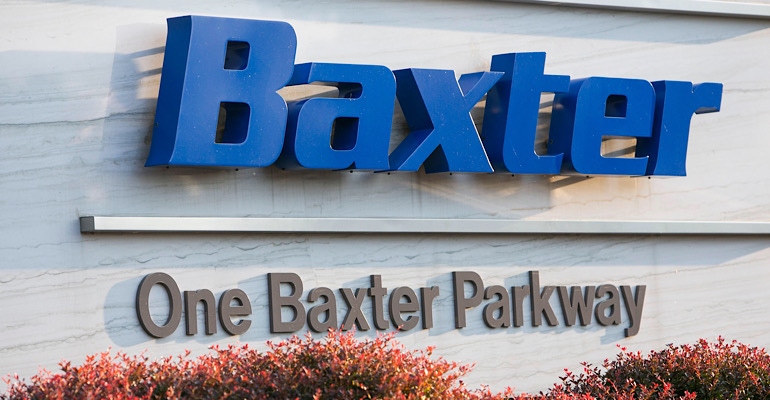Baxter Thrives After Hillrom Acquisition & Eyes Growth
Deerfield, IL-based Baxter’s acquisition of Hillrom came after some medtech firms eyed plans to split into smaller companies.
May 25, 2022

Life after acquiring Hillrom is looking good for Baxter. The Deerfield, IL-based company said it expects the Hillrom deal to contribute up to $350 million of annual pre-tax cost synergies by 2025.
The firm said it expects constant currency sales growth of 4% to 5% on a compounded annual basis from 2022 through 2025.
Baxter also said it expects to realize up to $200 million in incremental annual revenue synergies by 2025, reflecting the impact of market expansion across the broader portfolio as well as new innovation fueled by its expanded capabilities following the acquisition.
"Our 2025 outlook demonstrates confidence in our momentum across our expanded portfolio and pipeline, supported by our commitment to ongoing disciplined financial management," said executive vice president and CFO Jay Saccaro. "Our strategic approach to capital allocation allows us to continue investing in innovation and growth while returning value to our investors, which is a crucial objective of our operating model."
In September of last year, Baxter said it was going to acquire Hillrom for $12.4 billion. It was one of the largest medtech deals of 2021 and closed in December. Baxter said Hillrom was attractive because it would help it expand its digital capabilities.
Go Smaller Not Bigger
Baxter’s acquisition of Hillrom came at a time when many medtech companies made announcements of breaking down into smaller more-efficient companies.
General Electric was perhaps the first to be a part of the trend. The company said in November that it was anticipating a split that would create three public companies. GE said it would combine its renewable energy, power, and digital businesses into a separate company in a second spin-off slated for 2024. The remaining GE business will focus on aviation.
A few days after the GE announcement, Johnson & Johnson said it would separate its consumer products business from its medical device and pharmaceutical businesses.
About the Author(s)
You May Also Like




